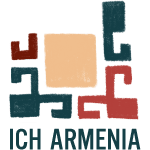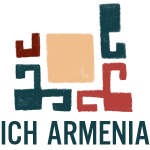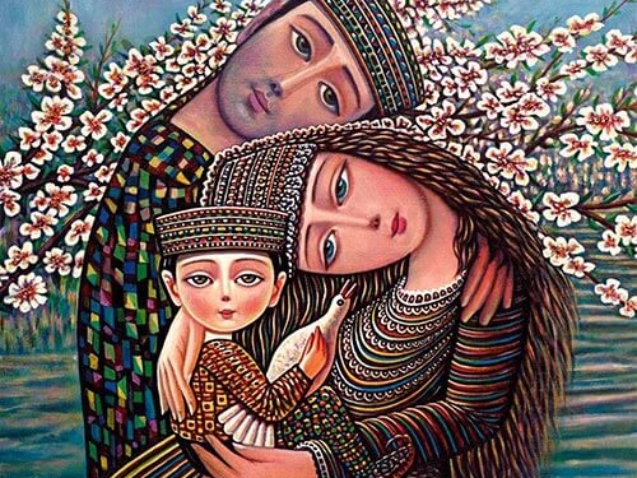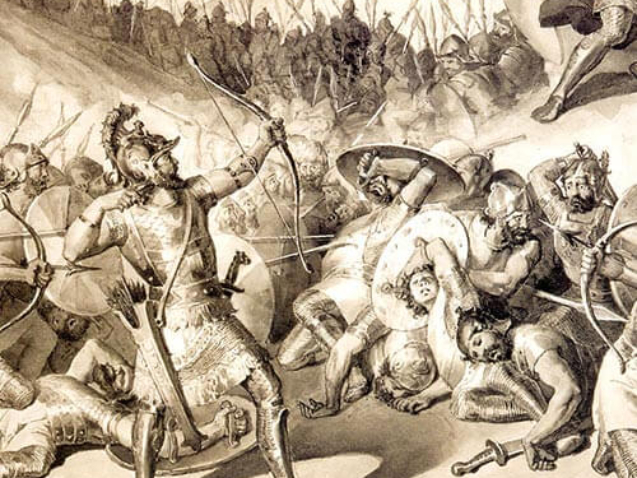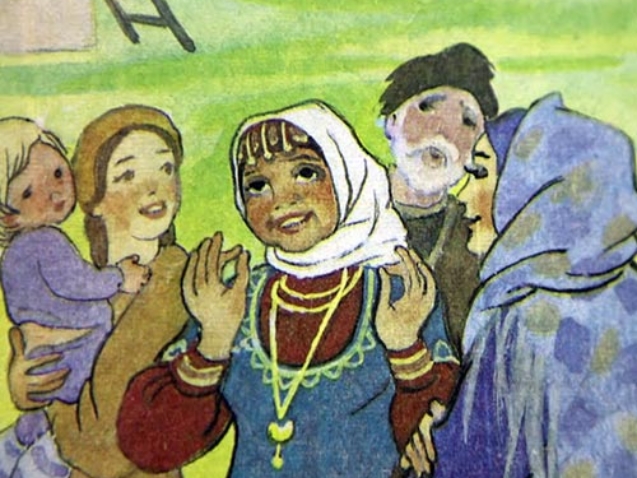Folklore
Folklore is one of the essential practices of a nation, it is passed down from generation to generation, crystallizing and shaping the national identity of its users, and serving as an abundant source for the contemporary fiction literature, as well as other sections of historiography and arts.
Folklore versus written literature has four fundamental characteristics: a). it exists in oral form (folkloric works live in the people’s memory and are transmitted in oral form, by word of mouth); b). it is communal by nature (common people take part in its moulding and circulation); c). it has variations (any piece of folklore, unlike an authored work, has numerous varieties, as many as its tellers); d). it is syncretic (a number of folkloric varieties embrace diverse kinds and genres, by combining the theatrical [drama, tragedy, comedy, mimicry, gestures] and the ethnic-ritual [related to weddings, funerals, national holidays and games], or reflections of songs and dances, or instances of various spoken arts).
Folkloristics as a distinct science that studies folklore, was developed at the beginning of the 19th century by the Grimm brothers, in particular by Jacob Grimm. Under the influence of the folkloric studies of some leading European countries, in mid-19th century some Armenian intellectuals, too, prioritized the urgency of writing down, publishing and studying different genres of the oral traditions of our people, in the historic and cultural perspective. The collection and study of the Armenian folklore were initiated by the publication of G. Srvandztiants’ “Grots ou Brots, and David of Sassoon or Mher’s Door” (1874), which kicked off a huge movement. In later years many a prominent figure in the Armenian culture (M. Abeghian, G. Shermazanian, M. Barkhudarian, G. Ghapantsian, A. Ghanalanian, K. Melik-Ohanjanian, S. Haroutyunian, etc.) followed suit and contributed to the cause, by saving many gems of the Armenian folklore and providing a scientific basis to their study. Nevertheless, today some survived varieties of folklore are under threat of perishing, which is why the recording of cultural treasures, i.e. their inventory, collection and safekeeping, is of utmost importance. This classification of the folkloric genres and their concise description, with the aim of recording and safeguarding our intangible cultural heritage, takes into account the approaches and evaluations currently accepted in the Armenian folkloristics. The Armenian folkloristics tends to group the folklore in two types: the epical folklore and the poetic folklore. Some varieties of both epical and poetic folklore contain also elements of drama.
Poetic Folklore
The poetic folklore is branched into the following types: related to th ...
Epic Folklore
The epic folklore has two structural varieties: one type has a storyl ...
Festive Folklore
The festive folklore embraces the songs and dance songs which are per ...

